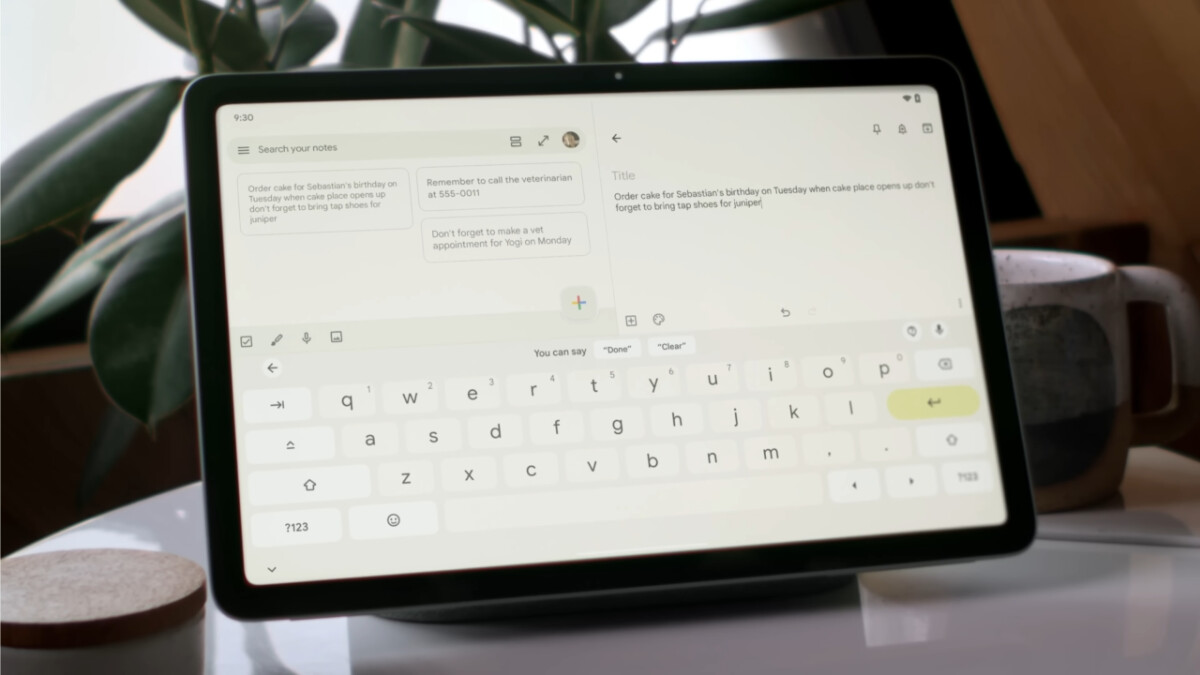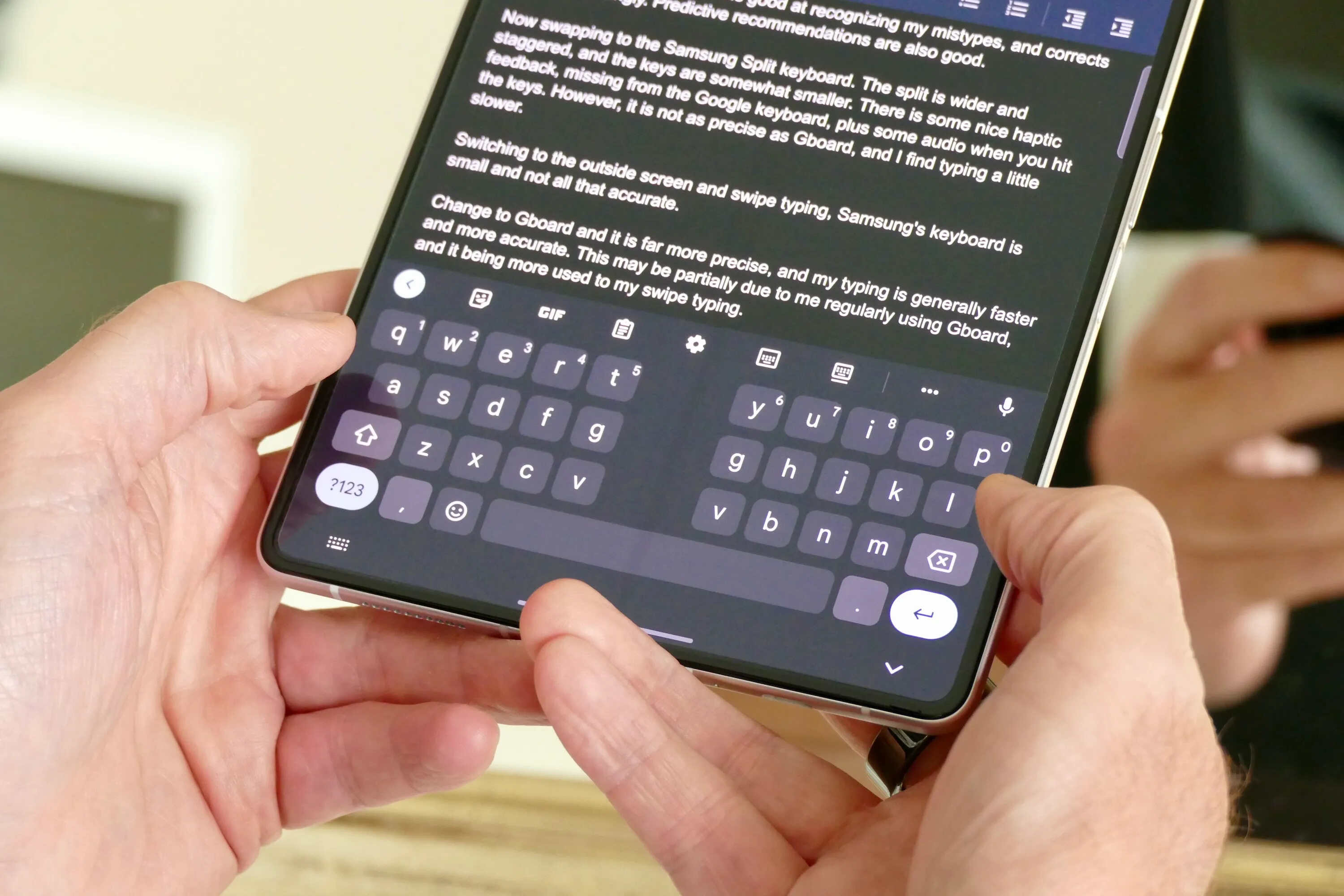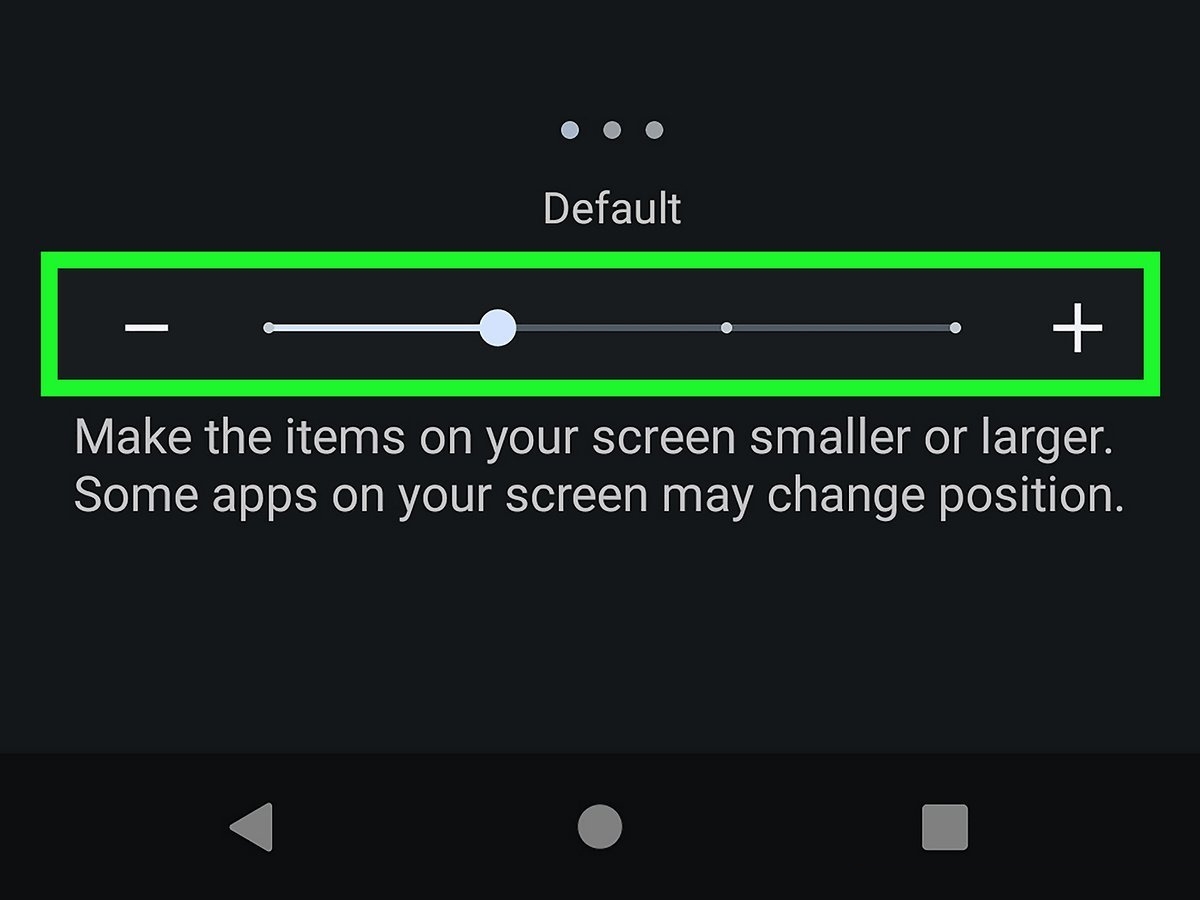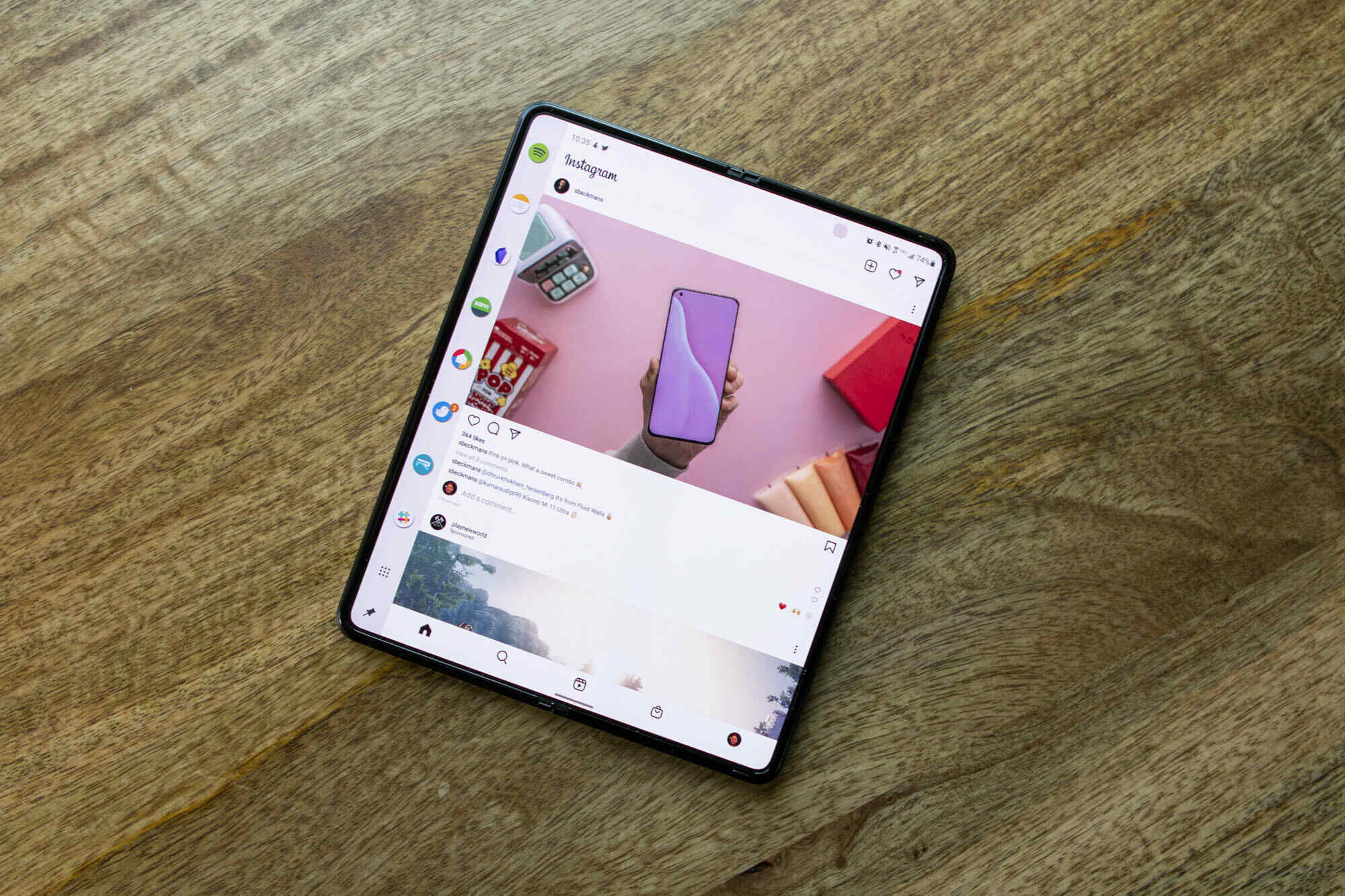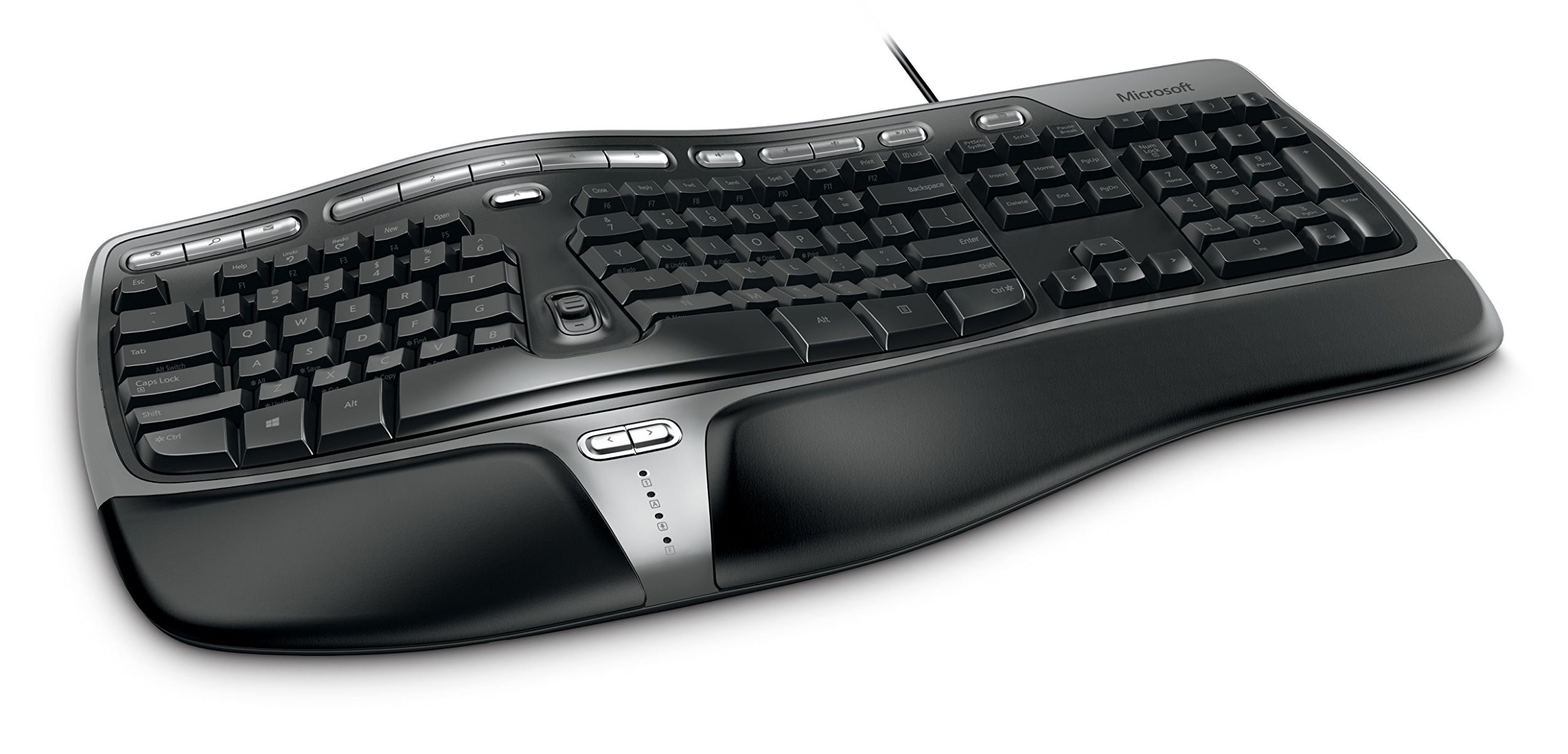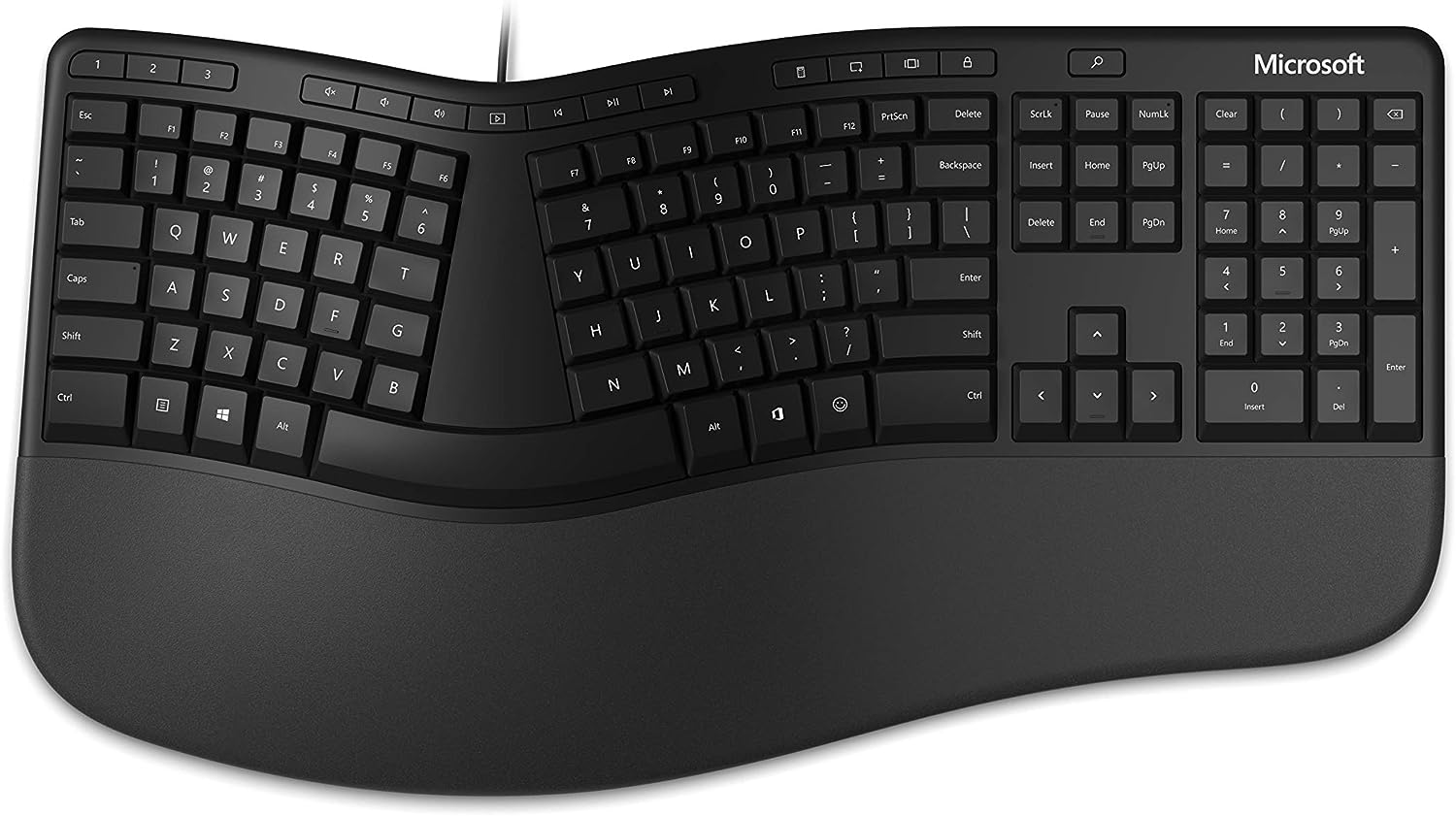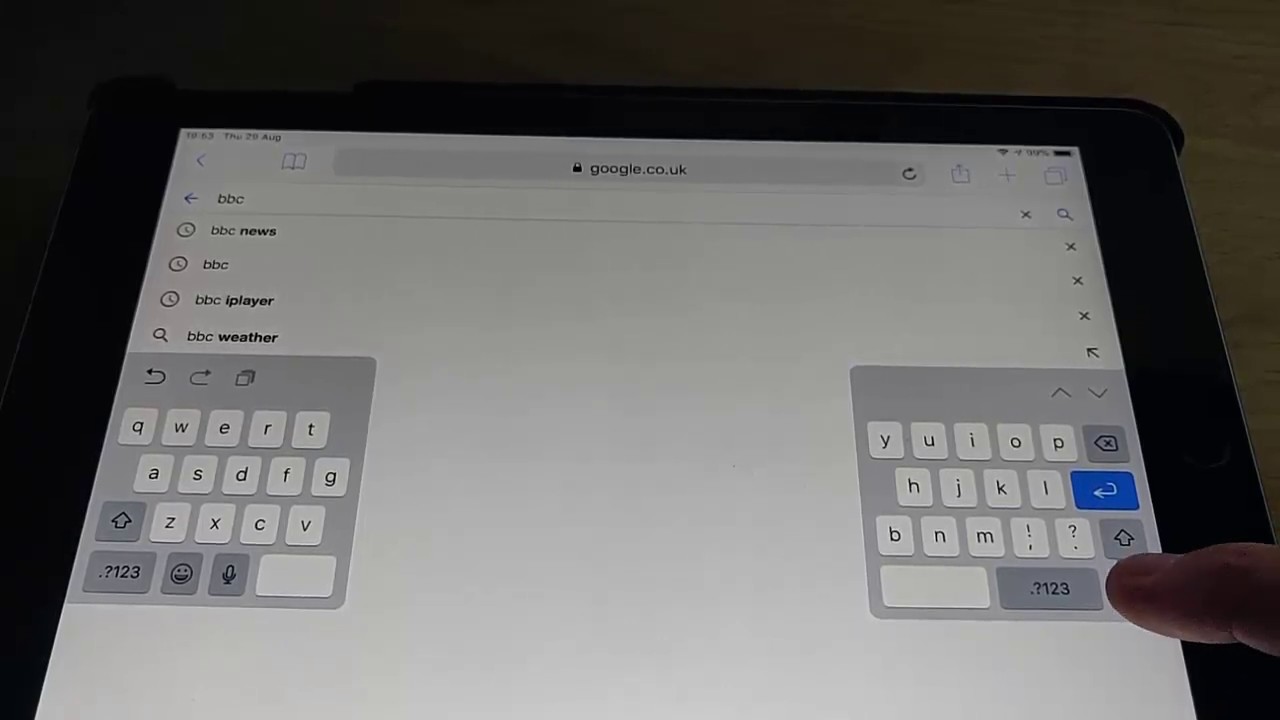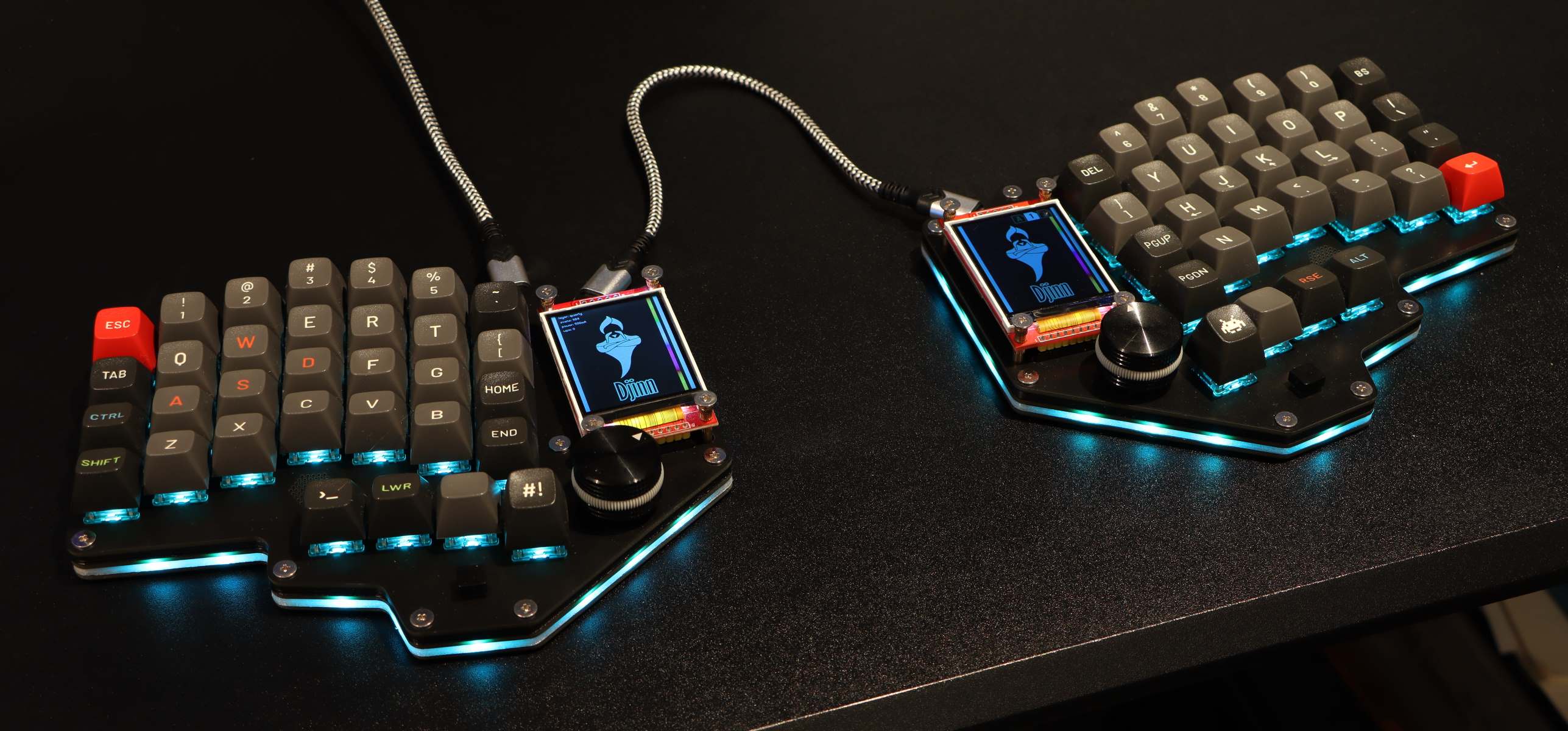Introduction
Tablets have become an indispensable tool for many of us, offering a convenient and portable way to stay connected, work, and play on the go. One of the key features of a tablet is its on-screen keyboard, allowing us to type emails, browse the web, and interact with various apps. However, you may have noticed that sometimes your tablet keyboard is split into two halves, with each half positioned on opposite sides of the screen. This split keyboard layout may leave you wondering why it happens and how to fix it.
In this article, we will explore the concept of a split keyboard and explain the benefits it offers. We will also delve into the common reasons why your tablet keyboard may be split and provide step-by-step instructions on adjusting the split keyboard settings. If you prefer a single cohesive keyboard layout, we will guide you in merging the split keyboard back together. Additionally, we will share troubleshooting tips in case you encounter any issues with your split keyboard.
By the end of this article, you’ll have a clear understanding of why your tablet keyboard may be split, and you’ll be equipped with the knowledge to customize and troubleshoot your keyboard settings to enhance your typing experience.
What is a split keyboard?
A split keyboard, as the name suggests, is a keyboard layout where the keys are divided into two separate sections, usually positioned at the opposite sides of the screen. It is designed to offer a more ergonomic typing experience by aligning the keyboard with your natural hand placement. The split keyboard layout mimics the position of your hands when typing on a physical keyboard, with each hand having its own designated set of keys.
The purpose of a split keyboard is to reduce strain on your wrists and fingers, minimizing the risk of developing repetitive strain injuries (RSIs) such as carpal tunnel syndrome. By spreading your hands apart and aligning them with your shoulder width, a split keyboard promotes a more neutral wrist position, allowing for a more comfortable and ergonomic typing experience over extended periods of use.
Split keyboards are particularly popular among individuals who spend a significant amount of time typing, such as writers, programmers, and office professionals. They are also beneficial for people with wider shoulders, as a regular keyboard layout may cause them to internally rotate their shoulders to reach the keys comfortably. With a split keyboard, users can maintain a more relaxed and natural posture while typing, reducing the risk of strain and discomfort.
In addition to the ergonomic benefits, a split keyboard also offers the advantage of customizability. Many split keyboard layouts allow you to adjust the width and angle of the split to suit your personal preferences. Some keyboards even offer programmable keys, allowing you to assign specific functions or shortcuts to certain keys for increased efficiency. This level of customization allows you to tailor the split keyboard to your unique typing style and needs.
Benefits of a split keyboard
Using a split keyboard on your tablet offers several advantages, primarily focused on ergonomic benefits and improved typing experience. Let’s take a closer look at the key benefits of using a split keyboard:
- Ergonomic design: The main advantage of a split keyboard is its ergonomic design. By separating the keyboard into two halves, it allows your hands and wrists to maintain a more natural and comfortable position while typing. This can help reduce the risk of developing repetitive strain injuries, such as carpal tunnel syndrome, and alleviate the strain on your wrists and fingers.
- Improved posture: A split keyboard encourages a healthier typing posture. By aligning the keyboard with your shoulder width, it eliminates the need for your hands and wrists to twist or bend excessively, reducing the strain on your upper body. This can help alleviate tension in the neck, shoulders, and back, promoting a more relaxed and comfortable typing experience.
- Increased typing speed and accuracy: The split keyboard layout allows for more efficient typing. With each hand having its own set of keys, it becomes easier to reach all the necessary keys without stretching or straining. This can result in improved typing speed and accuracy, as you can type with a more natural rhythm and flow.
- Customizability: Many split keyboards offer customization options, allowing you to adjust the width and angle of the split according to your comfort and preference. Some keyboards also provide programmable keys, enabling you to assign specific functions or shortcuts to certain keys for enhanced productivity and efficiency.
- Portability: Split keyboards are particularly beneficial for tablet users who are always on the move. The on-screen split keyboard eliminates the need for carrying a separate physical keyboard, reducing bulk and making it easier to travel with your tablet. This enhances the portability and convenience of using your tablet for work or leisure activities.
In summary, using a split keyboard on your tablet can have a positive impact on your typing experience and overall well-being. Its ergonomic design, improved posture, increased typing speed and accuracy, customizability, and portability make it a valuable tool for those who rely on their tablets for extended periods of typing. Consider exploring the benefits of a split keyboard and optimize your tablet typing experience today.
Common reasons why your tablet keyboard is split
If you find that your tablet keyboard is split into two halves, there are a few common reasons why this might be happening. Understanding these reasons can help you identify the cause and find a suitable solution. Here are some of the most common reasons for a split keyboard on a tablet:
- Tablet orientation: One common reason for a split keyboard is the orientation of your tablet. Some tablets have a feature called “split keyboard” or “thumb mode” that automatically splits the keyboard when you hold the tablet in landscape orientation. This is done to improve thumb typing when using the tablet with both hands.
- Keyboard settings: The keyboard settings on your tablet may be configured to have a split keyboard layout by default. Check your device’s keyboard settings to see if you can toggle the split keyboard feature on or off. You may also be able to adjust the split keyboard width or choose a different keyboard layout altogether.
- Third-party keyboard apps: If you are using a third-party keyboard app on your tablet, it’s possible that the app itself has a split keyboard layout as its default setting. Check the settings within the keyboard app to see if you can change the layout or disable the split keyboard feature.
- Accidental gesture or touch: It’s also possible that you accidentally triggered a gesture or touch on your tablet, which caused the keyboard to split. Some tablets have gesture controls that allow you to split or merge the keyboard by swiping or tapping certain areas of the screen. Check your tablet’s user manual or documentation to understand if any gestures are associated with the split keyboard functionality.
- Software updates: Occasionally, software updates to your tablet’s operating system or keyboard app can introduce changes to the keyboard layout, including the split keyboard feature. If you recently updated your tablet’s software, it’s worth checking if any new settings or options have been added or modified.
Keep in mind that the method of adjusting or disabling the split keyboard may vary depending on your tablet’s make and model, as well as the keyboard app you are using. Consult your tablet’s user manual or the documentation for your specific keyboard app to find detailed instructions on how to manage the split keyboard feature.
How to adjust the split keyboard settings
If you prefer to have a different keyboard layout or want to disable the split keyboard feature on your tablet, you can adjust the split keyboard settings. The steps may vary depending on your tablet’s make and model, but here is a general guide to adjusting the split keyboard settings:
- Open the settings: On your tablet, go to the Settings menu. You can usually find this in the app drawer or by swiping down from the top of the screen and tapping on the gear icon.
- Select Language & Input: Look for an option called “Language & Input” or something similar. This is where you can manage the settings related to your tablet’s keyboard.
- Choose Keyboard: In the Language & Input settings, you should see a list of keyboards installed on your tablet. Select the keyboard you are using, such as the default system keyboard or a third-party keyboard app.
- Look for Keyboard Layout: Within the keyboard settings, search for an option related to the layout or appearance of the keyboard. This may be labeled as “Keyboard Layout,” “Split Keyboard,” or something similar.
- Toggle or adjust the settings: Once you find the keyboard layout settings, you can toggle the split keyboard feature on or off. If there are customization options available, you may be able to adjust the width or positioning of the split as per your preference.
- Test the changes: After making any adjustments, open a text field or an app that uses the keyboard and test it to see if the changes you made have taken effect. The keyboard should now reflect the updated layout settings.
Remember to consult your tablet’s user manual or documentation as the specific steps and options may differ based on your device and Android version. If you are using a third-party keyboard app, the process of adjusting the split keyboard settings may vary as well. Refer to the app’s settings or documentation for instructions specific to that keyboard app.
How to merge the split keyboard back
If you prefer to have a single, unified keyboard layout on your tablet rather than a split keyboard, you can easily merge the split keyboard back together. The process may vary depending on your tablet’s make and model, but here are some general steps to merge the split keyboard:
- Open a text field: Open an app or a text field where you can access the keyboard on your tablet. This could be a note-taking app, a messaging app, or any app that requires text input.
- Locate the keyboard handle: Look for a small handle or bar at the center of the split keyboard. This handle allows you to merge the two halves of the keyboard back together. It is usually located above the split section of the keyboard or at the bottom center.
- Tap and hold the handle: Touch and hold the handle with your finger or stylus. You should see the two halves of the keyboard come together and merge into a single keyboard layout. Keep holding the handle until the merge is complete.
- Test the merged keyboard: After the keyboard has merged, start typing in the text field to make sure it functions as a single keyboard. Verify that the keys are aligned as you prefer and that you can type without any issues.
It’s important to note that the process of merging the split keyboard may differ slightly depending on your tablet’s make and model, as well as the specific keyboard app you are using. If the above steps don’t work for your device, refer to your tablet’s user manual or documentation for precise instructions on how to merge the split keyboard back together.
By following these steps, you can easily merge the split keyboard on your tablet and enjoy a traditional, unified typing experience on the screen.
Troubleshooting tips for a split keyboard
If you’re experiencing any issues with your split keyboard on your tablet, here are some troubleshooting tips to help you resolve the problem:
- Restart your tablet: Sometimes, a simple restart can fix minor software glitches that may be affecting the split keyboard. Restart your tablet and see if the issue persists.
- Check for software updates: Ensure that your tablet’s operating system and keyboard app are up to date. Software updates often include bug fixes and performance improvements that can potentially address issues with the split keyboard.
- Disable and re-enable the split keyboard: Go to your tablet’s keyboard settings and toggle the split keyboard feature off and on again. This can help reset any configuration issues that may be causing the problem.
- Clear keyboard cache: If you’re using a third-party keyboard app, go to your tablet’s App Settings and locate the keyboard app. Clear the app’s cache and data to remove any temporary files that might be interfering with the split keyboard’s functionality.
- Switch to a different keyboard: If all else fails, consider trying an alternative keyboard app from the app store. Some other keyboard apps may offer different split keyboard options or resolve any compatibility issues that you may be facing.
If none of these troubleshooting tips resolve the issue, it’s recommended to reach out to the manufacturer’s support or consult the tablet’s user manual for further assistance. They may be able to provide specific guidance based on your tablet model and any known issues related to the split keyboard functionality.
Remember that troubleshooting steps may vary depending on your tablet’s make and model, as well as the keyboard app you are using. Always refer to your device’s documentation or contact customer support for precise and personalized troubleshooting advice.
Conclusion
In conclusion, the split keyboard on your tablet offers an ergonomic and customizable typing experience. It aligns with your natural hand placement and reduces strain on your wrists and fingers while promoting a healthier typing posture. By understanding the common reasons why your tablet keyboard may be split and how to adjust the split keyboard settings, you can easily enhance your typing experience and tailor it to your preferences.
The benefits of using a split keyboard include increased comfort, improved typing speed and accuracy, and the ability to customize the layout to suit your needs. Whether you prefer a split keyboard for ergonomic reasons or favor a unified keyboard layout, the choice is yours. With simple adjustments in the settings, you can merge the split keyboard back together or split it again as required.
If you encounter any issues with your split keyboard, troubleshooting tips such as restarting your tablet, checking for software updates, or clearing the keyboard cache can often resolve the problem. However, if the issue persists, contacting the manufacturer’s support or referring to the tablet’s user manual can provide further assistance.
Remember, the split keyboard is designed to enhance your typing experience and alleviate strain. So, embrace its benefits, explore the customization options, and enjoy a comfortable and efficient typing experience on your tablet.







